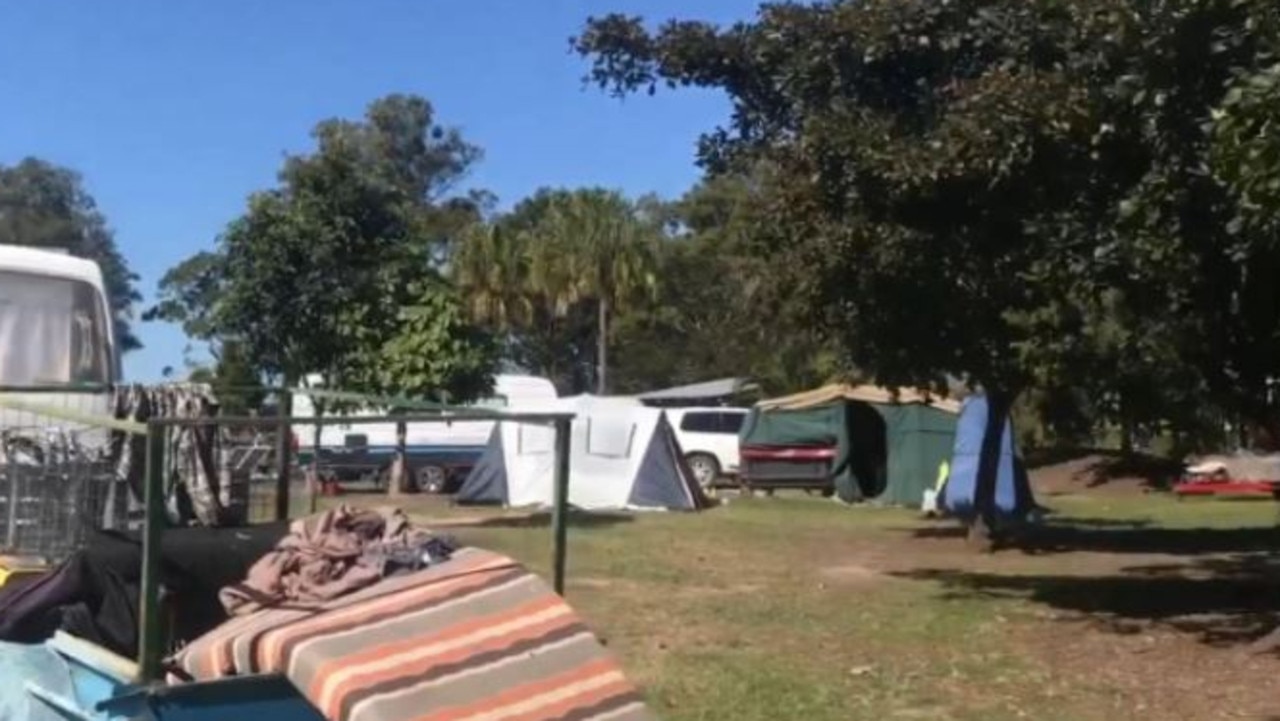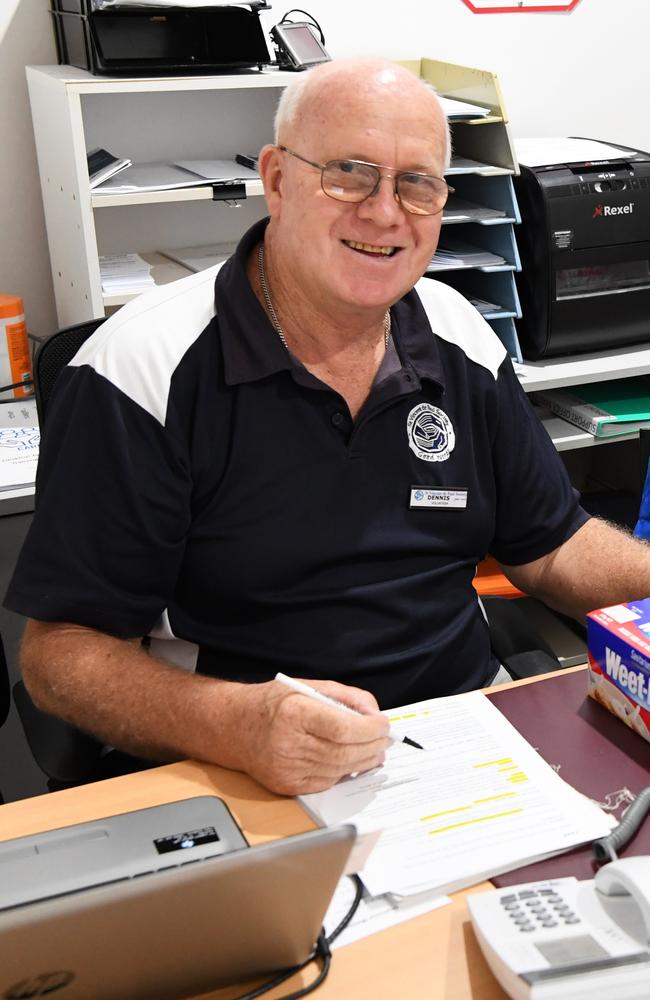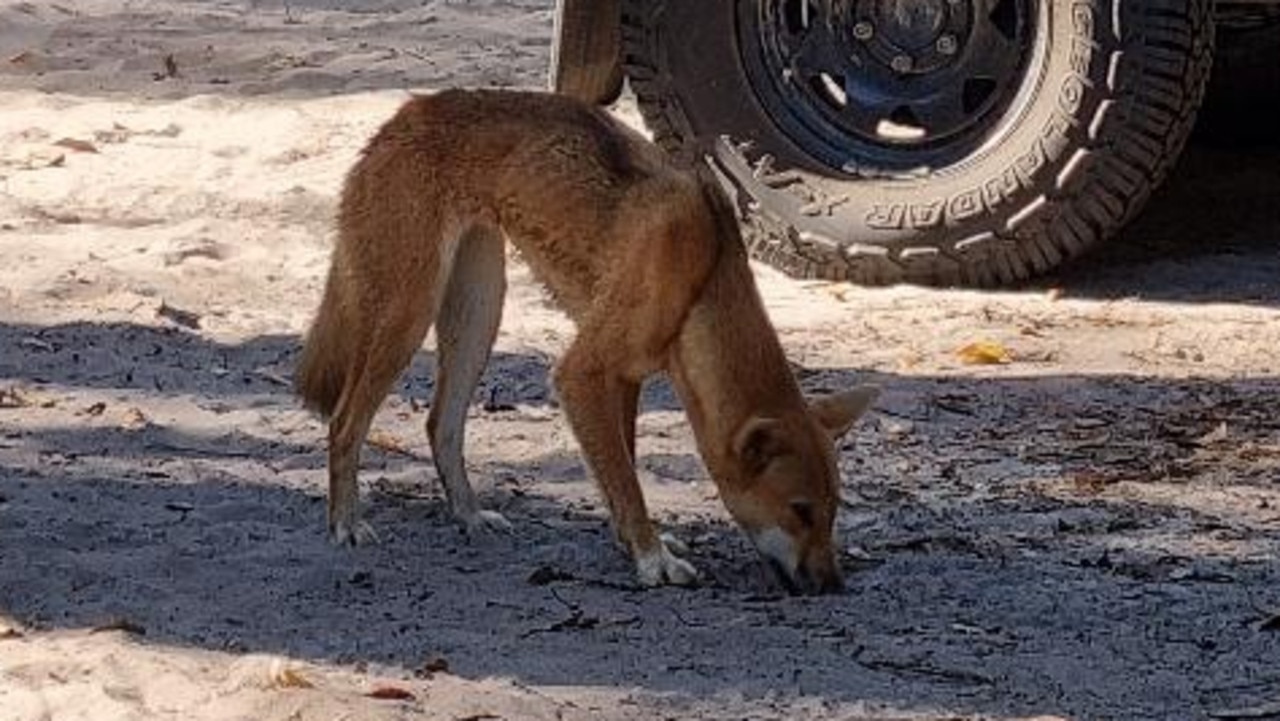Regional Australia Institute reveals Bundaberg’s migration boom
New data reveals Bundaberg is among the top regional locations for people to move to, but it comes at a cost and it’s the locals who are left to pay the price.

Bundaberg
Don't miss out on the headlines from Bundaberg. Followed categories will be added to My News.
An unprecedented population increase is putting the squeeze on Bundaberg locals, many of whom were already struggling.
Bundaberg ranked as the fifth most popular location for metropolitan and regional movers in Australia in 2022, while the Rum City tied for first place for regional to regional migration.
Bundaberg in grip of homeless crisis
Faces of Bundaberg’s homelessness
The city’s net migration growth for 2022 is 31 per cent, making it more popular than Toowoomba, Gympie and the Fraser Coast.
Regional Australia Institute revealed on Wednesday that 13 local government areas around the country recorded a jump in net internal migration levels of more than 100 percent through 2022, according to the December quarter Regional Movers Index.
The numbers are something Regional Australia Institute chief executive Liz Ritchie is urging governments not to ignore.
“The areas experiencing significant net migration increases would certainly be feeling the impact on house prices and rents, local services and infrastructure,” she said.
“Policy makers, industry and regional leaders need to heed these results, to ensure adequate planning and resourcing is put in place to accommodate demand both now and in coming decades.

“In the early days of Covid, the high growth places were generally high amenity locations such as the Surf Coast (in Victoria), Byron Bay and Noosa.
“But the latest dataset shows us that regional people are leaving these areas for other inland centres or coastal towns – with a growing number opting to go even further away from Sydney and Melbourne.”
Ms Ritchie said the disproportionate infrastructure to cope with a migration boom came down to a lack of foresight.
“The regional housing squeeze is just one example of what can happen when we haven’t prepared for growth,” she said.
“The low growth ‘business as usual’ trends before 2020 has led to underinvestment in some regional areas.”
Commonwealth Bank executive general manager for regional and agribusiness banking Paul Fowler said there was a drop of just 0.8 per cent in the number of people moving from cities to regional towns in the December quarter, well below the typical rate of around 8 per cent normally experienced over the holiday season period.
“This confirms that regional hubs are continuing to attract thousands of metro movers,” he said.
Mr Fowler said regional economies were attractive to newcomers.
“Key centres, such as Geelong in Victoria, Newcastle and Wollongong in New South Wales, and Bundaberg and Townsville in Queensland offer a wonderful mixture of attractive lifestyle benefits and significant business opportunities,” he said.
For those already living in regional Australia and making a regional move in 2022, Queensland held the most appeal. Eight of the top 10 regions which attracted the highest level of regional migration were in Queensland.

But amid the increase in population many locals were struggling to even afford food.
In 2022, 4.5 people a day visited Saint Vincent De Paul in Bundaberg for help.
The organisation handed out $130,000 in emergency relief last year, with another $14,000 in food and grocery vouchers.
Bundaberg conference president Dennis Beckton said there were a lot of homeless people in the region, with whole families sleeping in cars.
“I think it’s getting harder because we’re seeing a lot of first-time people we’ve never seen before,” he said.
“We’ve noticed a lot of people not in our system.”
And it’s not just the locals the charity is helping, Mr Beckton said the organisation recently offered support to 25 Fijian workers who’d been offered jobs only to find themselves without work and hungry.
“We do our best,” he said.
Mr Beckton said the charity was always on the look-out for volunteers who could give a few hours to help others.
More Coverage
Originally published as Regional Australia Institute reveals Bundaberg’s migration boom








